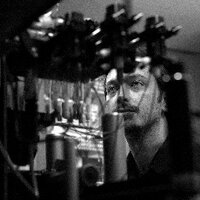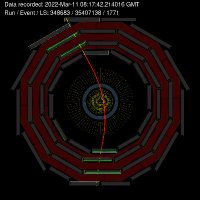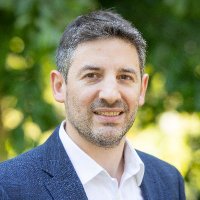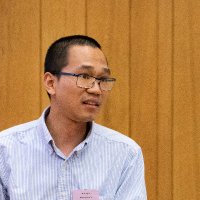
Chase Broedersz
@cbroedersz
Associate Professor @VUAmsterdam & @LMUMunich. Theory of physics of life | Interested in cell and tissue dynamics, chromosomes, and active living matter
ID: 1295625675475496961
http://broederszgroup.com 18-08-2020 07:39:14
515 Tweet
1,1K Followers
482 Following




Preprint alert from the lab!!! Huge congrats to the lead author Salina Quack and many thanks to our collaborators Yorgo Modis, #WouterRoos, and Chase Broedersz biorxiv.org/content/10.110… Buckle up for a long 🧵... 1/

The 818th WE-Heraeus seminar #weh818 on „The cytoskeleton as active matter“ has started at Physikzentrum Bad Honnef, with an introduction by BetzLab and many great speakers, including BauschLab, Murrell Lab and Laurent Blanchoin we-heraeus-stiftung.de/veranstaltunge…









📢 Preprint alert 📢 (1/6) Our work on 3D force inference for intestinal organoids is now on bioRxiv: biorxiv.org/content/10.110… Stunning collaboration between Oliver Drozdowski and Kim Boonekamp from the lab of Michael Boutros and with Ulrike Engel. A short🧵...







